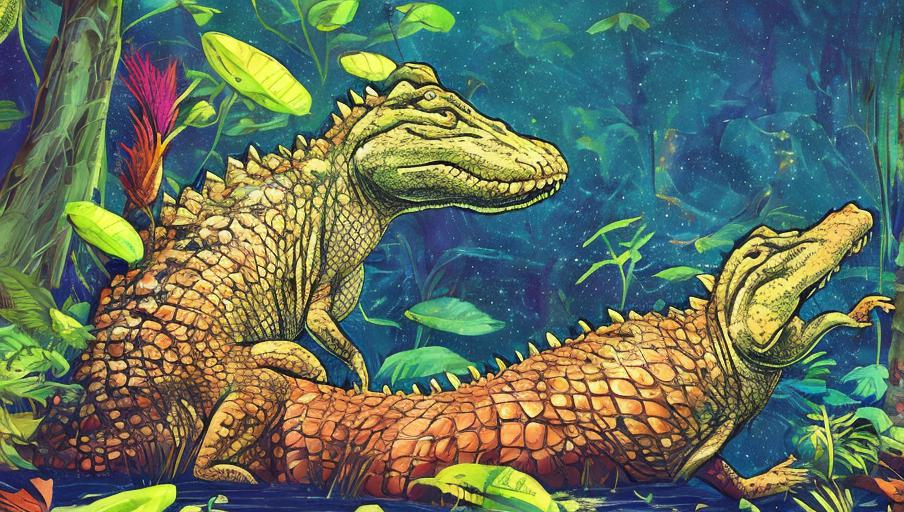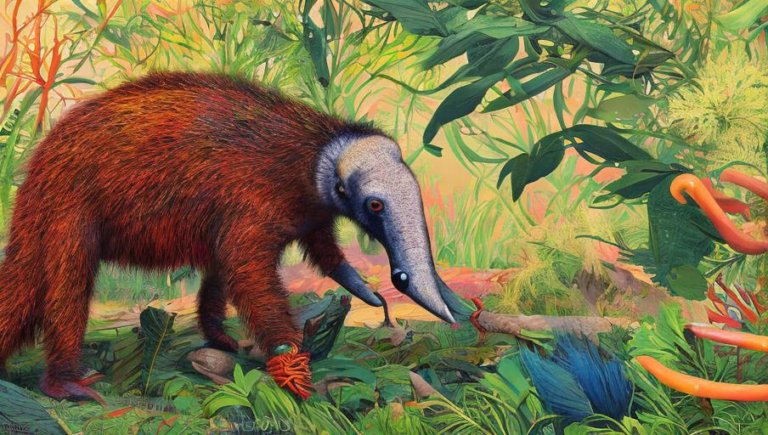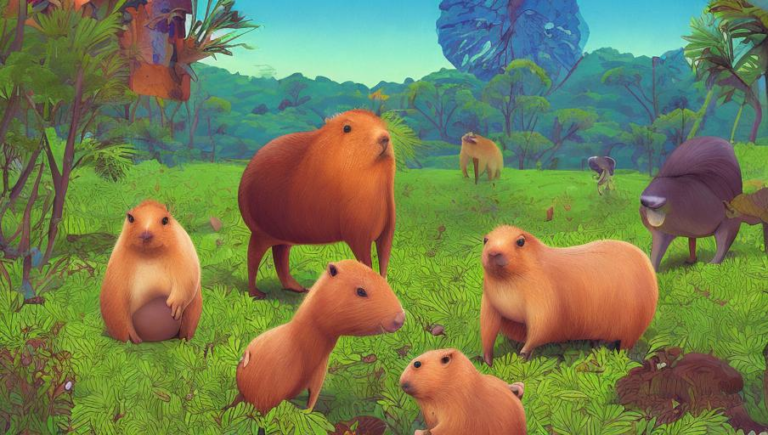Keeping Alligator Populations Stable: Conservation Efforts to Save the Species

Introduction
Alligators are ancient creatures that are deeply intertwined with the history and culture of the United States. As a species, they have managed to survive through countless centuries and are a source of wonder and fascination for many. Unfortunately, alligator populations have been decreasing due to a variety of human activities, including habitat destruction and overhunting. It is now more important than ever to take steps to protect alligators and conserve their populations.
The Alligator Population in the United States
The American alligator is the largest reptile in the United States and is found primarily in the southeastern part of the country. Alligators play a vital role in the ecosystems of their habitats, and their presence is an indicator of a healthy environment. They feed on a variety of small animals, such as fish, frogs, and rodents, and also act as a source of food for larger predators, such as birds of prey. Unfortunately, alligators have suffered significant population losses in recent years due to a variety of human activities.
Causes of Alligator Population Decline
The primary cause of alligator population decline is habitat destruction. As cities and suburbs expand, they often encroach on alligator habitats, leading to the destruction of their natural homes. Alligators are also threatened by overhunting, as they are hunted for their hides and meat. In some areas, alligators are also threatened by pollution, as toxic chemicals and other pollutants can seep into their habitats.
Conservation Efforts to Protect Alligators
In order to protect alligator populations, a variety of conservation efforts have been put into place. Alligators are now protected under the Endangered Species Act and are listed as threatened or endangered in certain parts of their range. In addition, alligators are protected from hunting and trapping in certain areas. In some states, there are laws that restrict the size and number of alligators that can be harvested.
Additionally, there are a variety of conservation efforts that focus on protecting alligator habitats. These include creating refuges and reserves where alligators can live without fear of human interference. Additionally, some states have enacted laws that prohibit the destruction of alligator habitats. Finally, some states have also adopted programs that educate the public about the importance of alligators and the need to protect their habitats.
Conclusion
Alligators are an important part of the ecosystems in which they live and are an integral part of the history and culture of the United States. Unfortunately, their populations have been declining due to a variety of human activities. It is now more important than ever to take steps to protect alligators and conserve their populations. Conservation efforts, such as protecting alligator habitats, establishing refuges and reserves, and educating the public, are all essential for the survival of the species.





